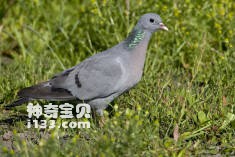
Columba oenas (Stock Dove) has two subspecies.European pigeons are resident birds. It's usually an open area to live in. Even tree nesting does not favor heavily wooded areas, and shores with holes in the cliffs are common. Flying fast, two wings inciting fast, often can hear the vibration of th...
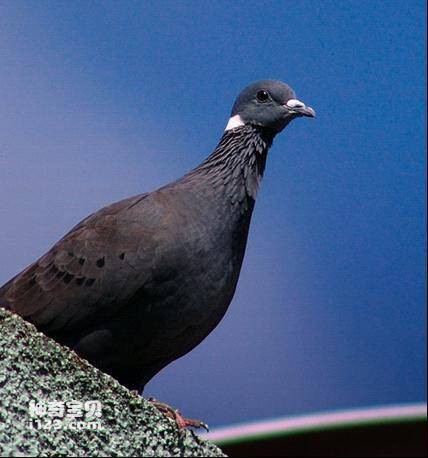
The White collar Pigeon is Columba albitorques, and the foreign name is white-collared pigeon.Listed in the International Union for Conservation of Nature (IUCN) ver 3.1: Red List of Birds 2010.Protect wild animals and eliminate wild meat.Maintaining ecological balance is everyone's responsibili...
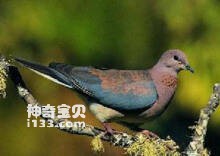
The Snow Pigeon (Columba leuconota) has two subspecies.Snow pigeons are resident birds. Often move in groups. It mainly feeds on plant foods such as grass seeds, wild leguminous seeds and berries. Also eat highland barley, rapeseed, peas, green beans, corn and other crops.Snow pigeons breed from Apr...

The rock Pigeon (Columba rupestris) is known as Hill Pigeon and has two subspecies.Rock pigeons often travel in groups. They feed in small groups in the valleys and plains. Sometimes they form large groups of nearly 100 animals. Sex is more docile. The call is "goo goo", similar to that of...
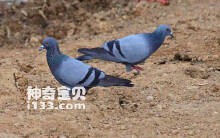
The original Pigeon (Columba livia) is known as Rock Pigeon and has nine subspecies.The original pigeon is a resident bird. Often move in groups, a small number of a group, dozens or even hundreds of people gathered to live, sometimes living in villages, sometimes stopping in ruins, but mostly aroun...
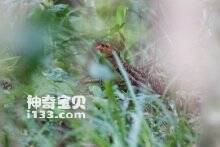
Xenoperdix udzungwensis is Udzungwa Forest-partridge, no subspecies. Specific habits are unknown.Listed on the International Union for Conservation of Nature (IUCN) 2016 Red List of Threatened Species ver 3.1 - Endangered (EN).Protect wild animals and eliminate wild meat.Maintaining ecological balan...
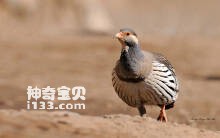
Tetraophasis caucasicus, Caucasian Snowcock, likes to form groups, usually in small groups of 3-5 birds. In areas with high density, large groups of 10-20 and even up to 100 individuals can be seen. Active during the day, from dawn until dusk, often walking up the mountainside to forage until the to...
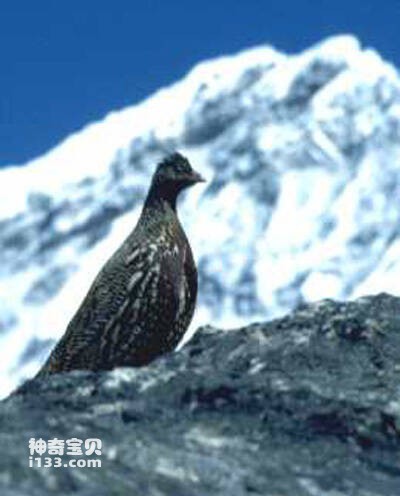
Tetraophasis caspius, Caspian Snowcock, eats seeds and plants. During the non-breeding season, they form small colonies. The nest is built on the ground, laying 6-9 eggs at a time, which are green and hatched by the female.Listed in Appendix I, Appendix II and Appendix III of the Convention on Inter...
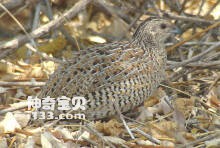
Synoicus ypsilophorus (Brown Quail) has 10 subspecies. It is mainly active at dawn and dusk, and the call is loud. Feeds on seeds and young grasses.Listed on the International Union for Conservation of Nature (IUCN) 2016 Red List of Threatened Species ver 3.1 - Not Threatened (LC).Protect wild anima...
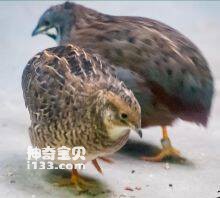
Synoicus chinensis has 10 subspecies, including Blue-breasted Quail, King Quail, and Asian Blue Quail.Blue-breasted quails are resident or summer migrants. In the morning and evening, it appears in the open to forage for grains, grass seeds, etc., and also eats insects, spiders, and termites. Fly fa...
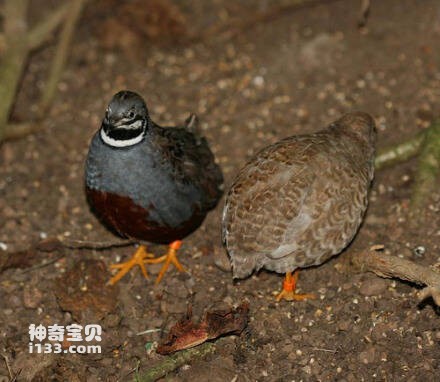
African blue-breasted Quail (Synoicus adansonii) : African Blue Quail, Blue quail, no subspecies. It was once a subspecies of the blue-breasted quail, but was classified as a separate species in 2014.African blue chest quail in the morning and night in the open for grain, grass seeds, etc., also eat...
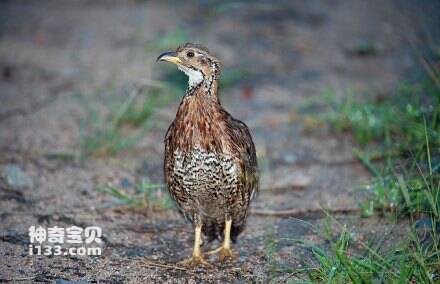
White ring neck Partridge (scientific name: Scleroptila whytei) foreign name Whyte' s Francolin, no subspecies.White-necked partridges are land birds that usually gather in pairs or family groups. Flies fast when in danger, but usually runs around in panic. It feeds mainly on the roots and bulbs...
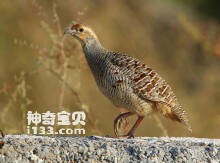
The ringnecked Partridge (Scleroptila streptophora) is Ring-necked Francolin, no subspecies.It gathers in small groups and flies very fast, but usually runs to cover when frightened. It feeds mainly on insects and plant seeds, and enters agricultural fields where it feeds on weeds, crops, and insect...

Xie's Partridge (scientific name: Scleroptila shelleyi) foreign name Shelley' S. Francolin, there are 3 subspecies.The Partridge is commonly found in various grasslands and woodlands in Africa. Open wooded mountain and savannah. Land birds, when in danger, fly quickly, but usually run away i...
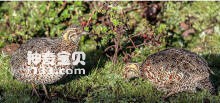
The Highland ringnecked Partridge (Scleroptila psilolaema) is Moorland Francolin, no subspecies.Highland ringnecked partridges are usually grouped in pairs or family groups. It is a particularly timid and cautious bird, preferring to forage near bushes rather than in the open. If it sees a dangerous...
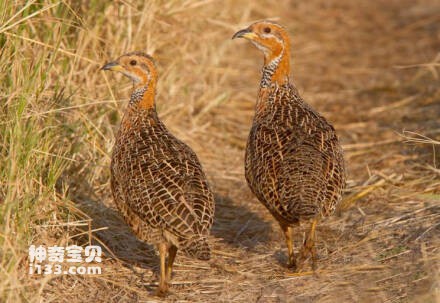
The Red-winged Francolin (Scleroptila levaillantii) has three subspecies.The red-winged ringnecked partridge is a land bird and is a timid and extremely cautious bird. Despite prowling for food at certain times of the day, they are rarely observed and are only known to be active from their calls. Th...

The Orange River Partridge (Scleroptila gutturalis) is known as Orange River Francolin and has four subspecies.The Orange River ringnecked partridge is a land bird and can live in colonies of up to 10-12 individuals. Flies fast when in danger, but usually runs around in panic. Forage for insects and...
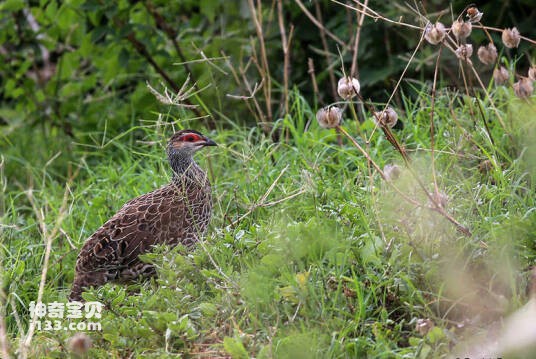
Partridge finschi (scientific name: Scleroptila finschi) foreign name Finsch' s Francolin, no subspecies.The partridge is a land bird that flies quickly when in danger, but usually runs away in panic. Scour the ground for insects and plant seeds, feeding on weeds, roots, seeds, young leaves and...
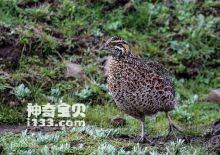
The Partridge Elgon Francolin (Scleroptila elgonensis) has no subspecies.Elgon ring-necked partridges are usually grouped in pairs or family groups. Are particularly timid and cautious birds. If it sees a dangerous situation, it will quickly run into the low grass and only come out when the intruder...